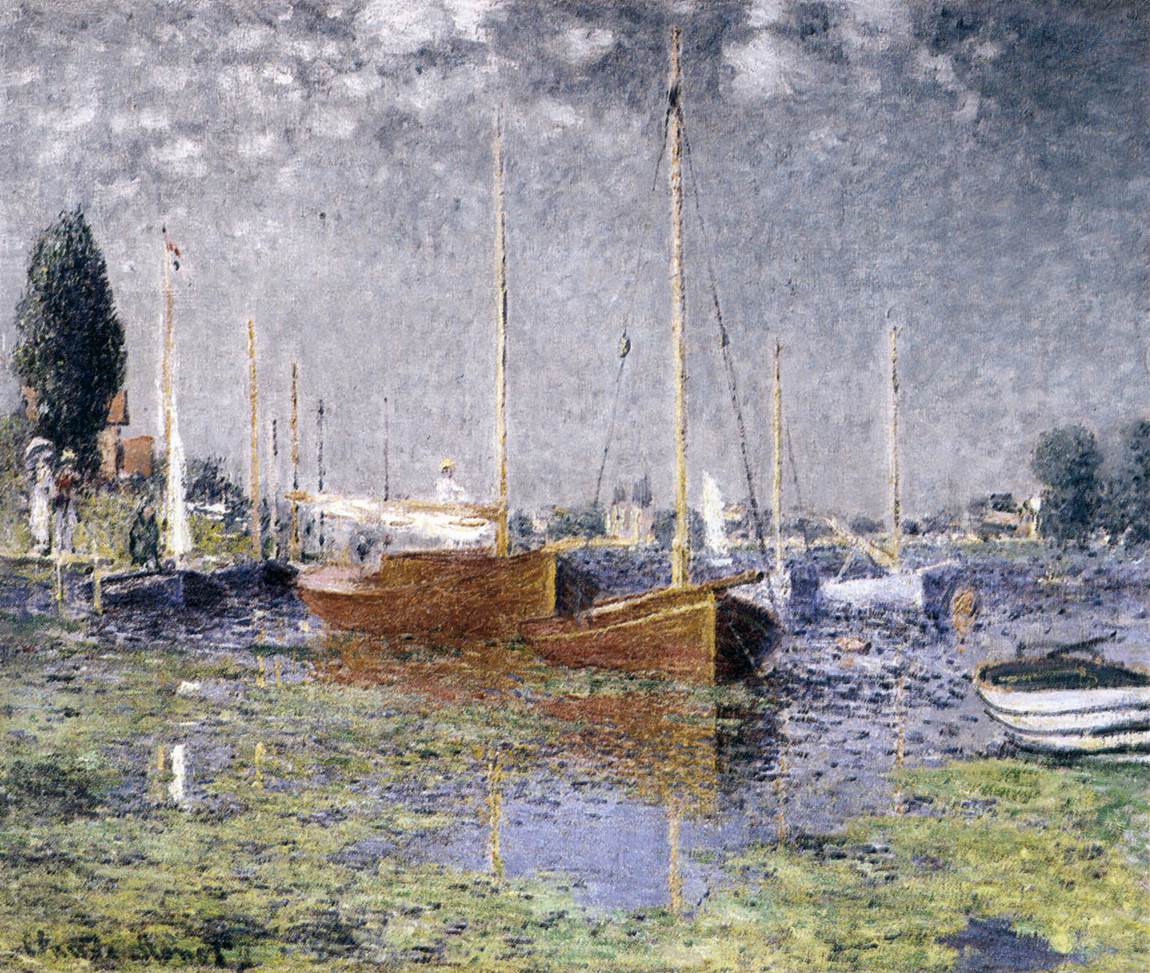Description
The painting Red Boats at Argenteuil by Claude Monet is an impressionist work that stands out for its brilliance and color. The composition of the work is simple, with two red boats in the foreground and a series of buildings and trees in the background. However, it is the use of color that makes this painting so interesting.
Monet uses a palette of bright, saturated colors, evoking the feeling of a sunny afternoon on the riverbank. The blue and green tones of the water mix with the reds and yellows of the boats and flowers, creating a sense of harmony and balance in the work.
Also, Monet's technique is impressive. He uses loose, fast brushstrokes to create a sense of movement and life in the work. The details are minimal, which allows light and color to be the protagonists.
The history of the painting is also interesting. It was painted in 1875, during a period when Monet lived in Argenteuil, a small town on the banks of the Seine River. During this time, Monet fell in love with the light and landscape of the region, and he painted a series of works that reflect his love of nature.
Little-known aspects of this work include that Monet painted several versions of Red Boats at Argenteuil, each with slight variations in composition and color. It is also known that this painting was first sold at auction in 1876 for just 300 francs, which today would be a relatively small sum.
In short, Red Boats at Argenteuil is a fascinating impressionist work that stands out for its use of colour, Monet's technique and its history. It is a sample of the artist's love for nature and his ability to capture light and movement in his works.

